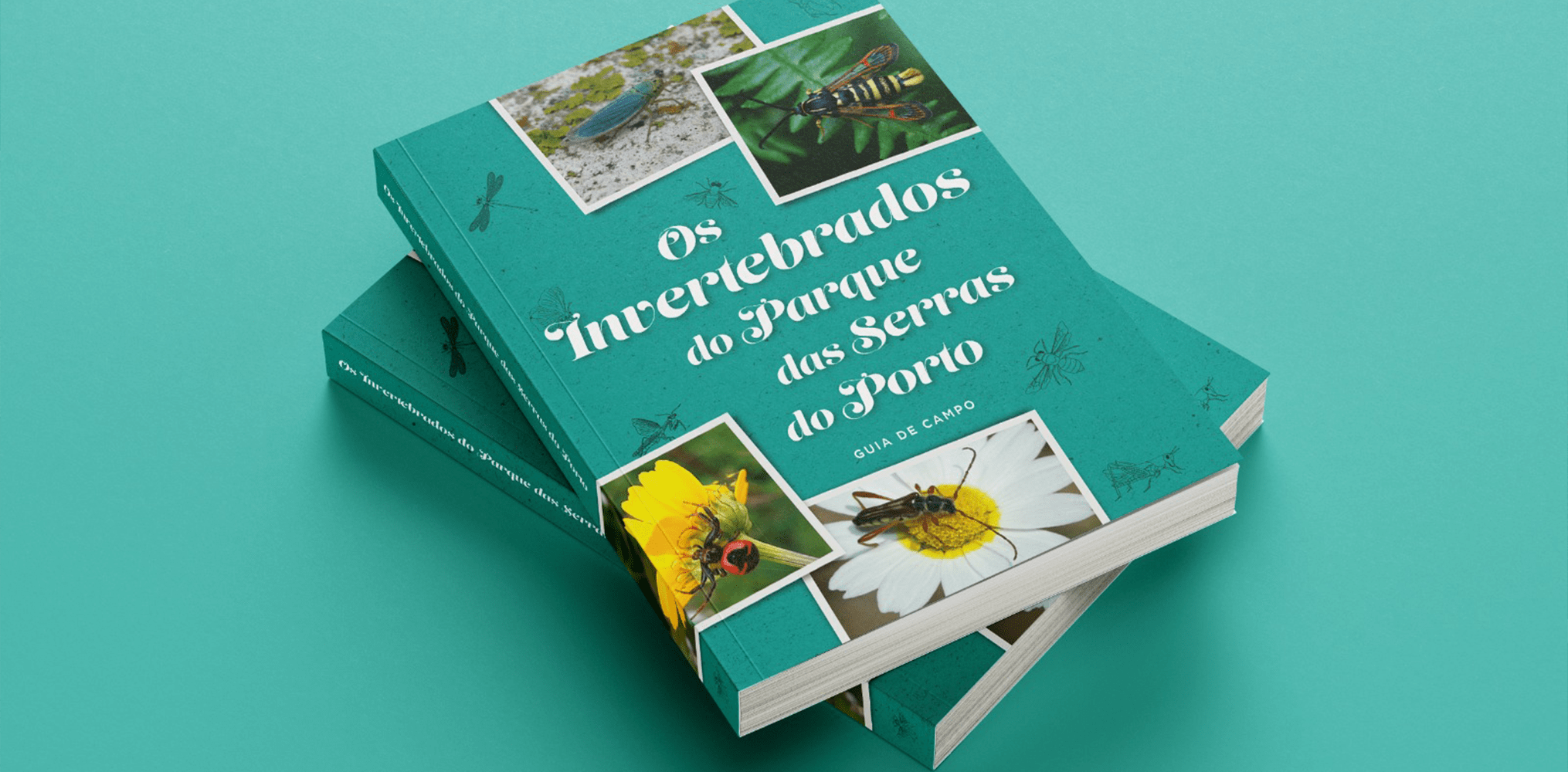
The park Serras do Porto in Portugal spans almost 6000 hectares across the municipalities of Gondomar, Paredes, and Valongo in the metropolitan area of Porto. It boasts a stunning array of natural wonders, including the mountains of Santa Justa, Pias, Castiçal, Santa Iria, Flores, and Banjas.
To better understand this region, which is so crucial for biodiversity, LifeWatch Portugal has published a free guide to invertebrates that includes 117 species observed in 6000 hectares of protected territory.
This guide is in two parts. The first looks at the challenges and needs of species conservation, providing valuable insights and guidance. The second part delves into the park’s landscapes, with photographs and information on the 117 species divided into 15 groups – including butterflies and moths, flies, beetles, dragonflies, grasshoppers, crickets, bees, wasps and leeches. Sónia Ferreira, the content coordinator and researcher at Associação BIOPOLIS/CIBIO, explains that the purpose of this guide is to provide valuable and accessible information to people of all ages, whether they are using it as a reference at home or during a visit to the park.
The guide celebrates the diverse ecosystem and beckons nature enthusiasts, families, and scholars to explore the enchanting world of butterflies, grasshoppers, and other species that live in this regional protected landscape. Inside, you will find species like the European stag beetle (Lucanus cervus) and the Kerry slug (Geomalacus maculosus), as well as invaders like the Red Palm Weevil (Rhynchophorus ferrugineus).
The guide also includes a chapter on the history of research carried out on the park, from the first observation by Spanish naturalist Ignacio Bolivar in 1887 to the legal creation of the protected area in 2017, which was written by José Manuel Grosso-Silva, curator of entomology at the Natural History and Science Museum of the University of Porto.
Are you ready to explore the species that inhabit Parque das Serras do Porto? Then grab your boots and your guide, and immerse yourself in nature! You can find more information on this page.